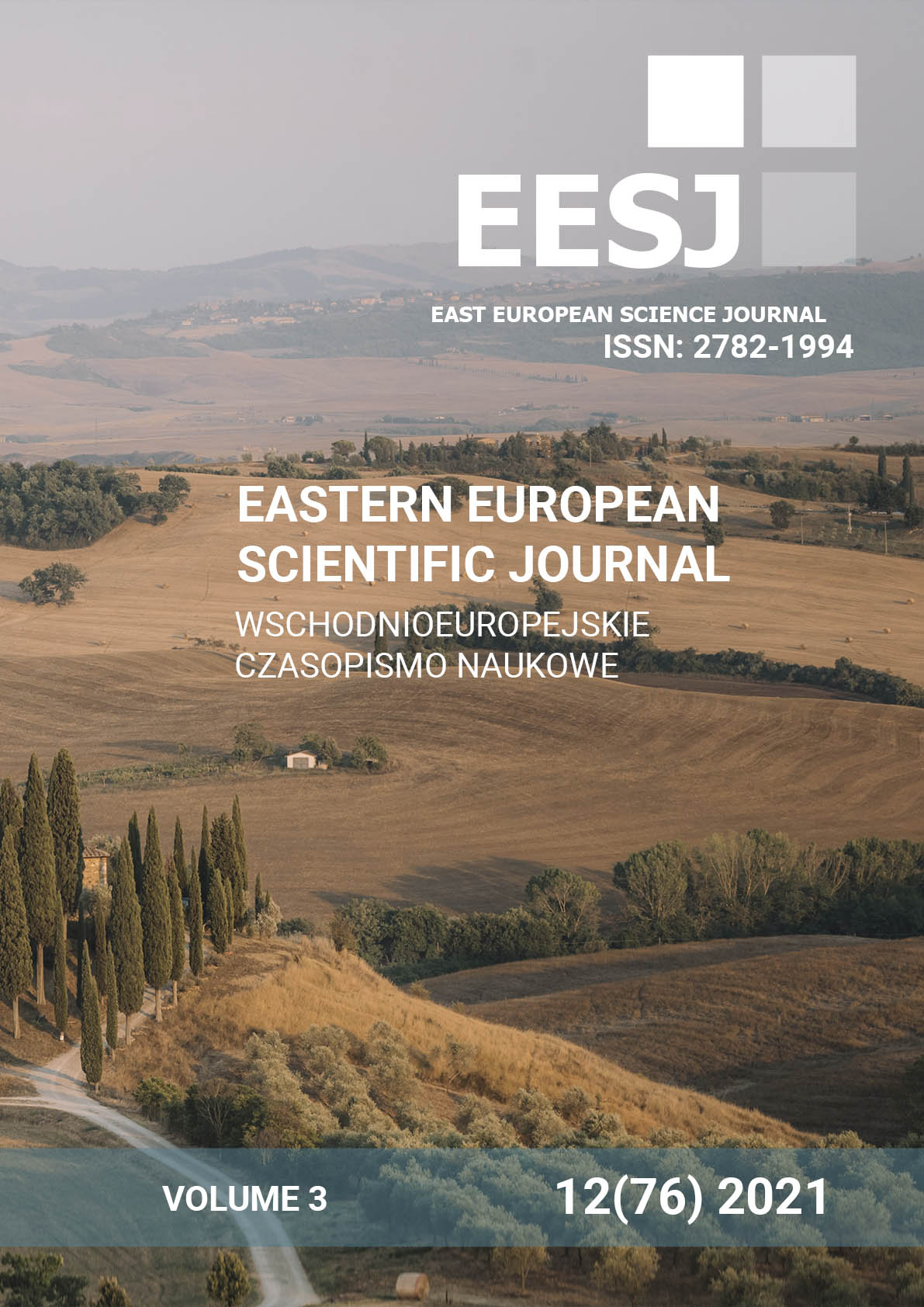DETERMINATION OF SCREEN INFLUENCE AND DEFECTS IN THE TIRE FOR ITS OPERATION EMERGENCY AND RESCUE CARS
DOI:
https://doi.org/10.31618/ESSA.2782-1994.2021.3.76.215Keywords:
rescue vehicle, pneumatic tire, radial (diagonal) construction, temperature, defects, reliabilityAbstract
The issue of increasing the safety of rescue vehicles to the place of emergency at the maximum possible speeds is considered. It is established that the presence of the screen impairs the heat dissipation from the frame and from all layers of the tire, which increases their thermal stress. The second layer of the breaker is the most thermally stressed. It is determined that the presence of defects also worsens the conditions of heat removal from the tire. These studies confirm the need to monitor the condition of ambulance tires. Substantiated proposals for the construction of rescue vehicles tires.
References
Behnke R., Kaliske M., Termo-mechanically coupled investigation of steady state rolling tires by numerical simulation and experiment // International journal of non-linear mechanics. 2015. Vol. 68. Pp. 101–131. DOI:10.1016/j.:ijnonlinmec.2014.06.014.
Integrated dynamics and efficiency optimizati on for EVs Vehicle dynamics international – 2019. P. 38–39. DOI:10.1002/asjc.1686.
Pozhydayew. S. (2018) Utochnennya ponyattya momentu syly u mekhanitsi [Clarification of the conceht of forse moment in mechanics] Avtoshlyakhovyk Ukrainy. I.P. 21–25 [in Ukrainian]. DOI:10.30977/AT.2219-8342.2019.44.0.21.
Wheel slip control for decentralized EVs. Vehicle dynamics international – 2019. P. 24–26.
Pat. 82321 Ukraїna, MPK (2013.01) B60C 23/00. Pristrіj dlja vimіrjuvannja temperaturi v avtomobіl'nih pnevmatichnih shinah / Larіn O.M., Vinogradov S.A., Kohanenko V.B.; zajavnik ta patentovlasnik Nacіonal'nij unіversitet civіl'nogo zahistu Ukraїni. – № u201302439, zajav. 26.02.2013; opubl. 25.07.2013, Bjul. №14 [Pat. 82321 Ukraine, IPC (2013.01) B60C 23/00. Adjustment for temperature adjustment in pneumatic tires / Larin OM, Vinogradov SA, Kokhanenko VB; applicant and patent holder of the National University of Civil Society of Ukraine. –No. u201302439, application no. 02/26/2013; publ. 07.25.2013, Bul. No. 14].
Burennikov YU. Business processes perfection of small motor transport enterprises / YU. Burennikov, YU. Burennikov jr, A. Dobrovolsky and other // Bulletion of the polytechnic institute of Iasi. – 2011. Tomul LVII (LXI), Fasc. 2. – P. 237–243. DOI:10.1080/00207543.2011.645954.
Dong-Hyun, Y., Beom-Seon, J., Ki-Ho, Y. (2017). Nonlinear finite element analysis of failure modes and ultimate strength of flexible pipes. Marine Structures, 54, 50–72.
DOI:10.1016/j.marstruc.2017.03.007.
Haseeb, A., Jun, T., Fazal, M., Masjuki, H. (2011). Degradation of physical properties of different elastomers upon exposure to palm biodiesel. Energy, 36, 3, 1814–1819. DOI:10.1016/j.energy.2010.12.023.
Cho, J., Yoon, Y. (2016). Large deformation analysis of anisotropic rubber hose along cyclic path by homogenization and path interpolation methods. Journal of Mechanical Science and Technology, 30, 2, 789–795. DOI:10.1007/s.12206–016–0134–5.
Larin, O. (2015). Probabilistic model of fatigue damage accumulation in rubberlike materials. Strength of Materials, 47, 6, 849–858. DOI:10.1007/s11223–015–9722–3.
Jacobson B. (2016) Vehicle dynamics. Chalmers University of Technology. 12. Kohanenko V.B., Kachur T.V., Ragіmov S.Ju. Vpliv konstrukcії shini na bezpeku ruhu avarіjnorjatuval'nogo avtomobіlja // Vіsnik nacіonal'nogo unіversitetu civіl'nogo zahistu Ukraїni / "Problemi nadzvichajnih situacіj". - Harkіv
NUCZU. - 2021. № 33 [Kokhanenko VB, Kachur TV, Ragimov S.Yu. Influence of tire design on traffic safety of emergency rescue vehicle // Bulletin of the National University of Civil Defense of Ukraine / "Problems of Emergencies". - Kharkiv NUTSZU. - 2021. № 33].
Downloads
Published
Issue
Section
License

This work is licensed under a Creative Commons Attribution-NoDerivatives 4.0 International License.
CC BY-ND
A work licensed in this way allows the following:
1. The freedom to use and perform the work: The licensee must be allowed to make any use, private or public, of the work.
2. The freedom to study the work and apply the information: The licensee must be allowed to examine the work and to use the knowledge gained from the work in any way. The license may not, for example, restrict "reverse engineering."
2. The freedom to redistribute copies: Copies may be sold, swapped or given away for free, in the same form as the original.




